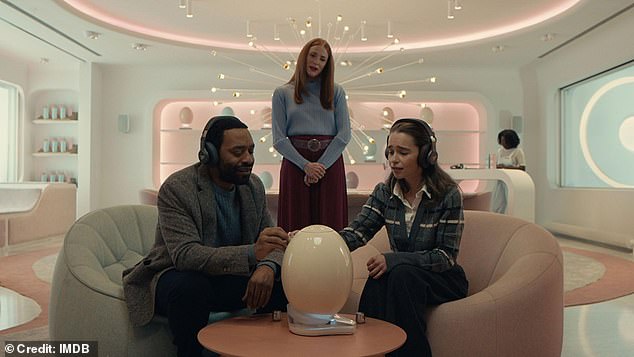
Gen Z and Critics Clash Over Artificial Wombs: ‘End of Women’ vs. Reproductive Innovation
Artificial Wombs: A Generation Divide in Embracing Future Birth Tech

Concept art reminiscent of artificial womb technology depicted in sci-fi.
Could growing babies in artificial wombs become reality? While resembling plots from films like The Pod Generation, this technology—ectogenesis—could redefine reproduction. A recent survey by think tank Theos reveals Gen Z (42% of 18–24-year-olds) is more open to the idea than older generations, though 52% of the broader UK population opposes it, except in life-saving scenarios.
How It Works
Artificial wombs aim to replicate pregnancy by nurturing embryos in fluid-filled pods with mechanical placentas providing oxygen and nutrients. Though not yet feasible for full-term human use, trials for premature infants show promise. Researchers at The Children’s Hospital of Philadelphia have sustained lambs in “bio-bags,” where they grew wool and developed normally. Human trials for preemies may follow, potentially improving survival rates for babies born before 28 weeks (currently 10% survival at 22 weeks).

Premature lambs in experimental artificial wombs showed successful development.
Ethical Debates
Critics warn of profound societal shifts. Feminist scholar Andrea Dworkin argued ectogenesis could erase women’s role in reproduction, asking, “Will men…want to keep women around?” Others fear coercion, where marginalized groups might be pressured to use artificial wombs. Bioethicists also question legal rights: Would abortion rights shift if fetuses can survive outside the womb?
Medical vs. Elective Use
Public support hinges on context. While 62% back artificial wombs to save mothers or babies, only 15% endorse them to avoid pregnancy discomfort. The primary goal remains aiding preemies, not


